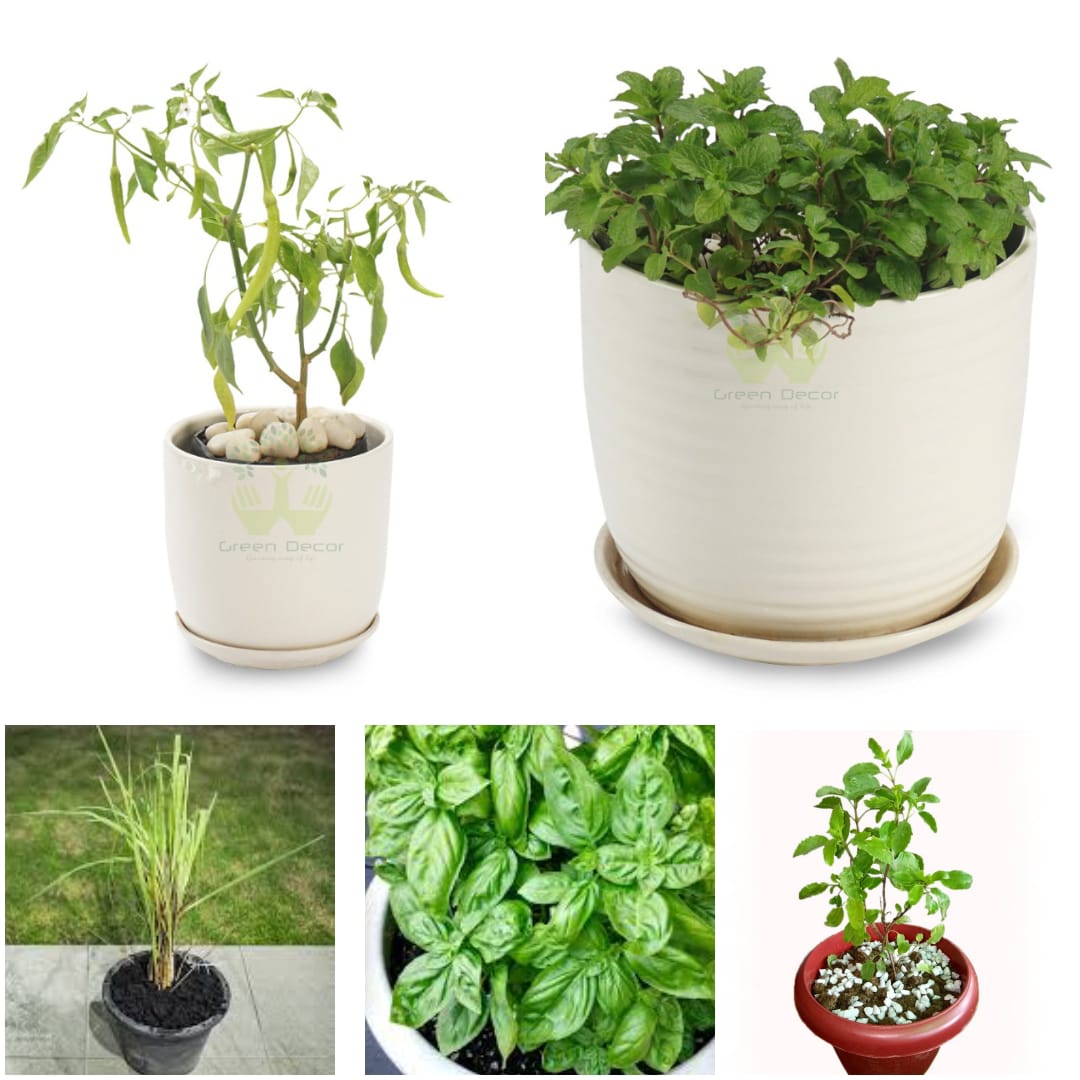- About Sage
- How To Grow Sage
- Benefits of Sage
- Maintenance Tips
- Shipping Info
Sage is a small perennial plant with a woody stem. The leaves have a grey hue, and its flowers range from blue to purple. It is commonly grown as a kitchen and medicinal herb or as an ornamental garden plant. The leaves grow in pairs on the stems, 1 1/2 to 2 inches long, are oblong in shape with rounded ends, they are grey-green in colour and have fine soft hair.
Soil Need
Loamy Soil, Potting Soil Mix
Fertilizer (type)
Organic Fertilizer, Compost, Liquid Fertilizer
Growth Pattern
Moderate
Pruning
Every Month
Re-Potting
Every 3-4 Month
Process :
1. Prepare the soil. Sage grows well in rich clay loam that drains well and is rich in nitrogen.
2. Go easy with watering. When the sage plants are small, you should mist them with water in order to keep the soil moist.
3. Provide adequate sunlight. Ideally, sage plants should grow in full sun, but they will also survive in light shade in hotter areas.
4. Prune the sage in early spring. Prune the older, woodier stems in early spring.
5. Prevent mildew. Mildew is one of the only problems sage-growers have to deal with. You can avoid it by watching the plants carefully during hot, humid weather and by thinning the plants regularly to increase air circulation.
1. Cognitive Boost
2. Alzheimer's Treatment
3. Lowering Blood Glucose and Cholesterol
4. Effective Against Certain Skin Conditions, including Eczema, Psoriasis, and Acne
Do's
- It is best to replace the plants every 4 to 5 years to ensure the best quality.
- Be sure to water the young plants regularly until they are fully grown so that they don't dry out.
Don'ts
- Do not harvest sage during the cold winter months, as it can damage the plant.












